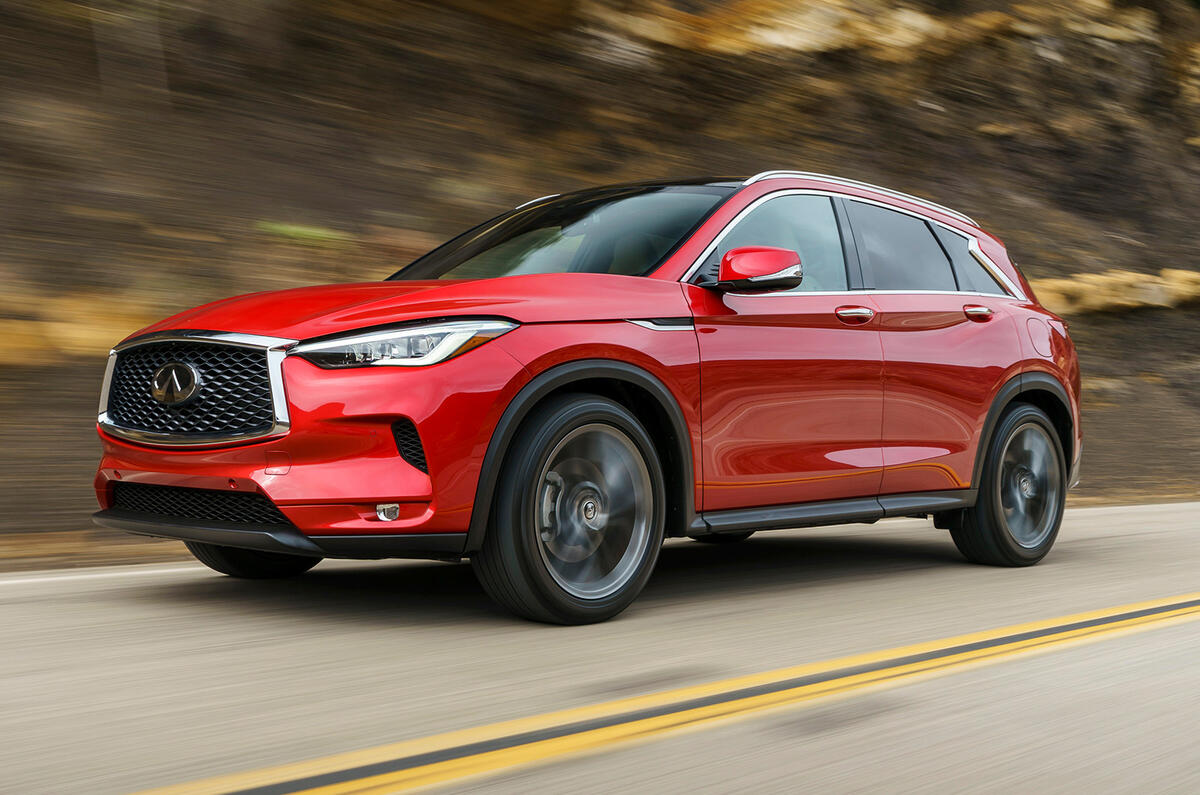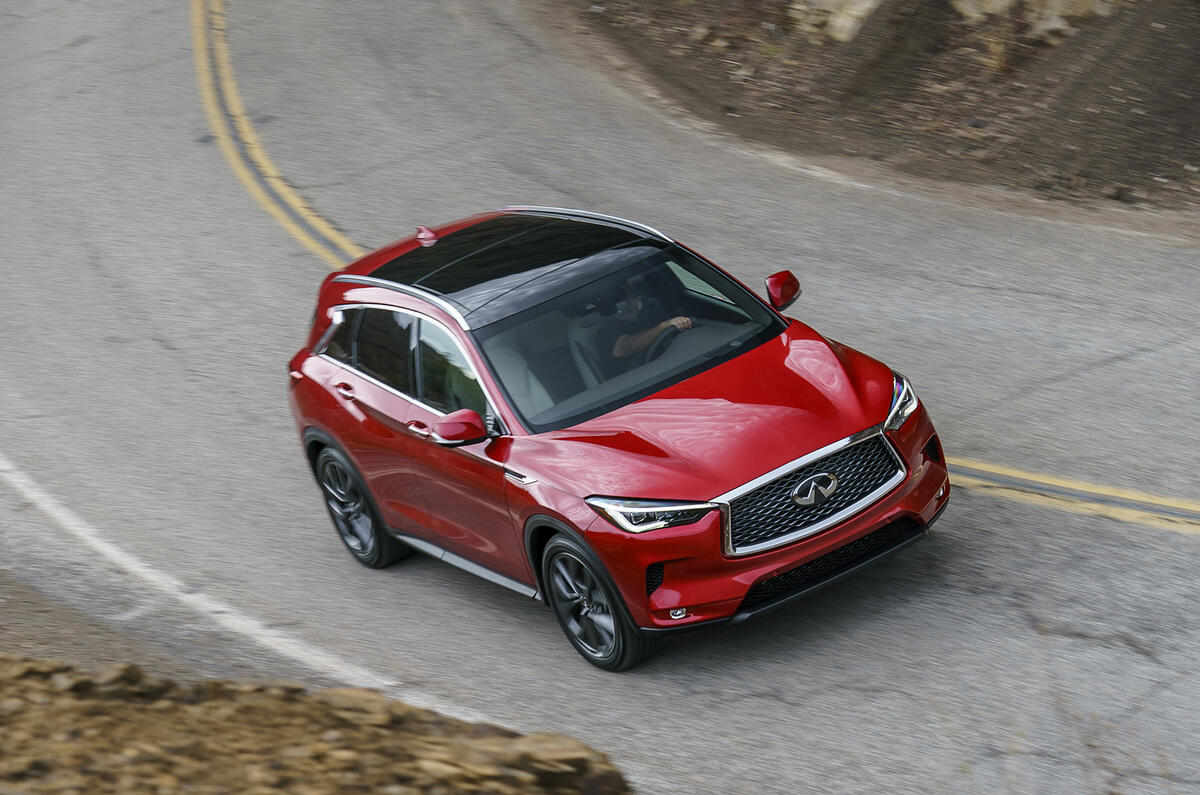Now here’s an oddity: the cubic capacity of the Infiniti QX50’s engine shifts between 1970cc and 1997cc. It’s the first mass-produced car in the world to feature this strange characteristic, and that’s because it has the world’s first mass-production variable compression ratio engine.
Besides being of slightly fluid internal size, the compression ratio of the QX50’s all-new four cylinder varies between 8.1:0 and 14.1:0. Altering the compression ratio of an engine has long been the holy grail of internal combustion engineers.
The compression ratio is the multiple of units of atmospheric pressure pumped by the pistons, and the new-found ability to alter this ratio provides another means of fine-tuning mixture for an optimal, efficiency-enhancing fuel burn. In fact, Infiniti claims that its approximately 2.0-litre Variable Compression-Turbo (VC-T) engine combines the power of the V6 that it replaces, and the fuel consumption of a similarly sized V6 diesel.
What does a variable compression engine feel like on the road?
It’s certainly a pokey engine. Peak power is 264bhp, and maximum torque a stout 280lb ft that’s consistently available between 1600-4800rpm. In the QX50’s case, it has a not insubstantial 1753kg to propel, but it certainly feels brisk on the road. And, as the revs rise, increasingly unusual too.



























